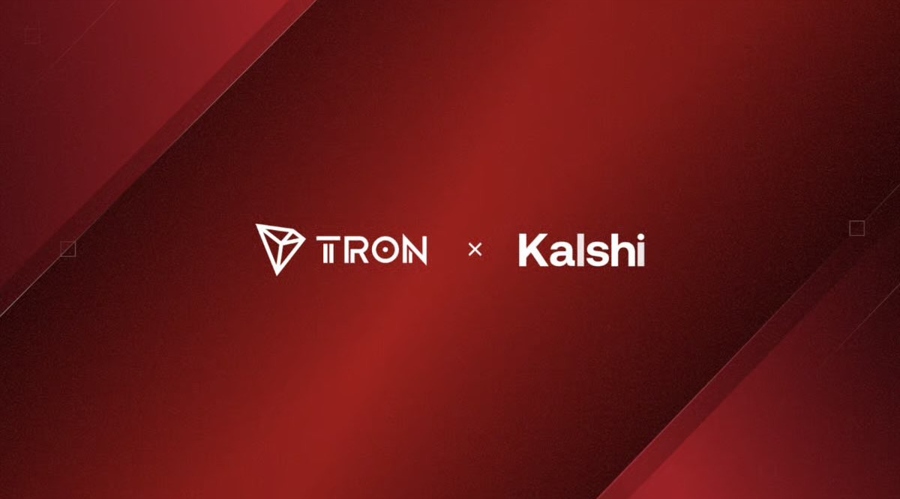In the digital age, attention is no longer just a bonus metric for your business. The amount of attention you get is now synonymous with your net worth. Attention truly is currency.
Where businesses once relied on selling physical goods or services, today’s platforms thrive by capturing and monetizing engagement. Every click, view, and interaction generates data, and that data can be turned into revenue through ads, subscriptions, or in-platform purchases.
Look at YouTube: creators earn from ad views, while viewers engage longer thanks to personalized recommendations. Twitch streamers profit not only from ad revenue but also from community-driven support through subscriptions and donations.
Even casual apps like meditation platforms or language-learning tools increasingly use gamification, nudges, and streaks to hold attention and encourage small purchases.
This shift underscores a larger trend: digital micro-economies are reshaping how value flows online. These are not just passive transactions; they’re designed interactions that feel rewarding to users and profitable for businesses.
For entrepreneurs and online business owners, studying these models provides more than inspiration—it offers a blueprint for building sustainable, engagement-driven income streams.
The lesson is clear: in today’s economy, attention is the new currency. Businesses that understand how to capture and retain it are the ones positioned to thrive.
The Mechanics of Micro-Economies
At their core, digital micro-economies are ecosystems built on countless small exchanges of value. Unlike traditional transactions that involve large one-time purchases, micro-economies thrive on low-cost, high-frequency interactions.
Think of in-game currencies, tipping creators, or paying for a premium filter on a photo-editing app. Individually, these may seem insignificant, but collectively they create a thriving revenue model.
Why do people engage with these microtransactions? The answer lies in psychology. A dollar spent on a skin in a game or a badge on a streaming site provides more than just a digital asset—it delivers a sense of status, belonging, or progress.
These intangible benefits drive user satisfaction and make repeated spending feel natural rather than burdensome.
Platforms also engineer their micro-economies to be frictionless. Payment details are stored, in-game rewards are instant, and users are nudged with well-timed prompts.
By lowering barriers, these systems turn what might have been occasional purchases into steady streams of revenue.
For entrepreneurs, the takeaway is powerful: small, accessible offerings can be just as lucrative as premium services. By designing ecosystems where users exchange value often and easily, online businesses can build resilience and long-term growth.
Lessons for Entrepreneurs and Online Businesses
Micro-economies offer several practical lessons for anyone running an online business. First is the importance of frictionless payments.
Customers are more likely to purchase when the process is seamless. Just as apps make one-click buying easy, entrepreneurs should streamline checkout flows, reduce form fields, and offer multiple payment options.
Second is reward systems. People are motivated by progress and recognition. Gamified features like loyalty points, streak trackers, or achievement badges encourage users to return, engage, and ultimately spend more.
Online courses, for example, can incorporate completion badges that not only drive student motivation but also spark community sharing.
Third, community value cannot be underestimated. Platforms like Patreon thrive because they allow fans to directly support creators, fostering a sense of belonging.
Entrepreneurs should think beyond transactional relationships and design spaces where customers feel connected. Facebook groups, Discord servers, and interactive newsletters are modern examples of creating engagement beyond sales.
Finally, there’s a mindset shift. Successful businesses in the digital age don’t just sell products—they design experiences. The goal isn’t a single purchase but an ongoing relationship that transforms casual users into loyal advocates.
For those running blogs, e-commerce stores, or digital services, studying these dynamics can reveal new ways to grow income while enriching user experience.
Case Study Snapshot: Entertainment Platforms
Entertainment platforms provide some of the clearest examples of micro-economies at work. Streaming services like Netflix and Spotify operate on subscription-based models, exchanging low monthly payments for unlimited access.
Mobile games, on the other hand, thrive on freemium setups, where the game is free but optional in-app purchases drive revenue.
Gaming platforms are particularly insightful because they blend community, engagement, and microtransactions seamlessly.
Leaderboards, daily login rewards, and in-game events all keep players invested. Each feature is carefully designed to encourage continued interaction, often leading to small but repeated purchases that add up significantly over time.
One example is GameZone, an online platform offering Filipino favorites like Tongits and Pusoy Dos. While primarily centered on fun and fair gameplay, GameZone illustrates how digital micro-economies extend beyond global giants.
Players engage not just because of the games themselves but because of the structured ecosystem—tutorials, rankings, and responsible play features—that encourage repeated interaction.
Unlike more aggressive monetization models, GameZone balances entertainment with sustainability, showing how platforms can create value without undermining user trust.
The key takeaway? Micro-economies thrive when they are built on genuine engagement and user satisfaction. For entrepreneurs, the lesson is to prioritize experience first—because revenue follows naturally when customers truly enjoy being part of your ecosystem.
The Future of Digital Micro-Economies
As digital platforms evolve, micro-economies will only become more sophisticated. Artificial intelligence already personalizes recommendations, nudging users toward content and purchases most likely to interest them.
Expect this to expand further, with AI shaping tailored offers, personalized loyalty rewards, and predictive purchase models.
Virtual assets will also continue to gain traction. From cosmetic items in games to digital collectibles, users are increasingly comfortable assigning value to intangible goods.
The rise of NFTs, while turbulent, signals a future where ownership and status in digital spaces matter just as much as in physical ones.
We’re also seeing crossovers where education, entertainment, and commerce converge. Platforms may soon bundle learning resources with gaming or embed shopping experiences directly into social communities.
In such a world, the line between “fun” and “business” blurs even further.
For entrepreneurs, this signals both opportunity and responsibility. While micro-economies open up new revenue streams, they also require ethical design.
Predatory practices risk alienating users and damaging long-term trust. Platforms that succeed will be those that balance profitability with user respect.
The message is simple: the future belongs to businesses that treat engagement as both an economic driver and a human experience worth nurturing.

Turning Engagement Into Opportunity
The rise of digital micro-economies highlights a fundamental shift in how value is created and captured online. Attention is no longer just a precursor to purchase—it is the purchase.
Every like, share, or interaction has the potential to become part of a larger economic ecosystem.
For online entrepreneurs, the lessons are profound. Whether you run a blog, a shop, or a membership site, it’s no longer enough to think in terms of transactions.
Instead, think in terms of systems. Design experiences that encourage repeat engagement. Build communities where customers feel connected. Create small, accessible offerings that allow users to invest gradually but consistently.
Platforms like YouTube, Twitch, and GameZone show us that thriving ecosystems are built not on one-time sales but on sustained relationships. When users feel rewarded, connected, and respected, they’re not just customers—they’re participants in an economy you’ve created.
Ultimately, digital micro-economies remind us of a timeless principle dressed in modern clothes: people will always invest in experiences that bring them value, joy, or belonging. Your task is to design a business that delivers all three.
Q&A
Q: What exactly is a digital micro-economy?
A: It’s an ecosystem of small, frequent value exchanges within a platform. Examples include in-app purchases, tipping systems, or subscription perks.
Q: Are micro-economies only for big platforms like YouTube or gaming apps?
A: Not at all. Even small businesses can create micro-economies through loyalty programs, memberships, or digital downloads.
Q: How can an entrepreneur apply this model without being “salesy”?
A: Focus on delivering value. Create offerings that feel rewarding—like exclusive content, gamified challenges, or community perks—so purchases feel natural.
Q: Isn’t there a risk of exploiting users with too many micro-transactions?
A: Yes. The most successful platforms balance profitability with ethics. Practices like transparent pricing, optional purchases, and responsible play safeguards help maintain trust.
Q: What’s one quick step I can take to start building my own micro-economy?
A: Start with a small, low-cost product or perk. Test how your audience responds, then build systems around it—like bundling, rewards, or community sharing.
























